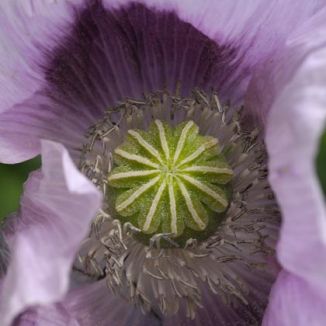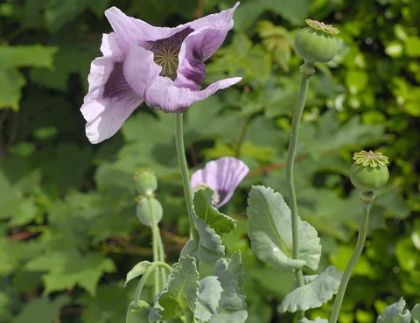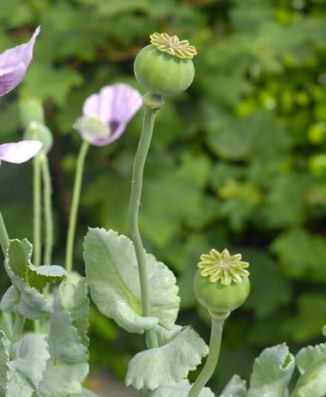This is a handsome, annual wildflower which grows on both waste and cultivated ground. It's quite tall, up to 90cm, with blue-green foliage. Each flower head has 4 silky lilac-coloured petals with dark purple blotches towards the centre of the flower. These flowers (8-18cm across) are bowl-shaped and solitary on each stem and bloom from June to August after which the seeds are produced in large globular capsules. The leaves are pinnately lobed, large and clasp the stems. This plant belongs to the Papaveraceae family, is a garden escape and you may also find a double version of the flower.
This wildflower was first recorded by me in 1976, growing in our own 'garden' in Dalkey, Co Dublin. I also photographed it there in 2008. We don't believe in 'weeding' our garden.
If you are satisfied you have correctly identified this plant, please submit your sighting to the National Biodiversity Data Centre




